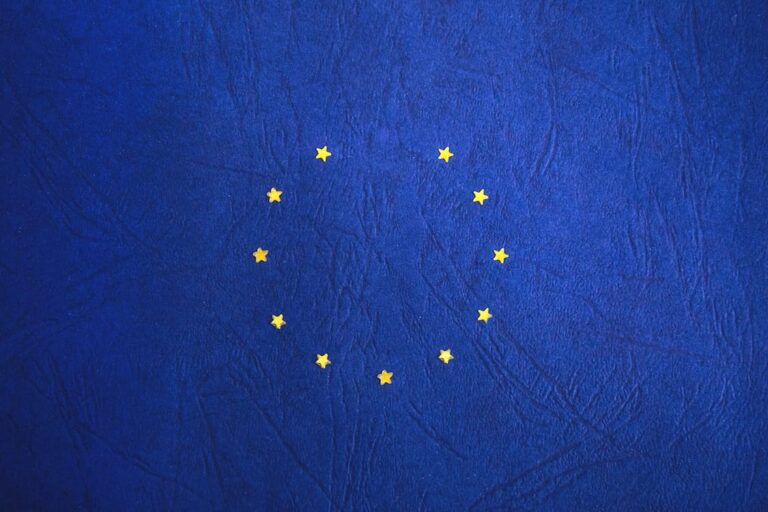
Morning Brief – Canadian Clues
Canadian Clues
There has been a key theme in markets emerging for several months now. It will likely continue to be the defining feature for several months if not quarters ahead. We had lived several phases of the monetary adjustment cycle that have each been so central to defining exchange rate movements in the post-pandemic economy. Firstly, to be able to judge who would break first from the ‘inflation is transitory story’ early last year would have given you an almost perfect insight into how currencies would diverge from one and other. The second phase was the degree and narrative that characterised the monetary policy tightening. Whilst there is still some residual element of importance within the latter stage, it is very much fading in favour of the newest variable: when and how do central banks put rate hikes on pause and even start to loosen policy.
The price-defining flows in some of the world’s major currencies over the past few months has been largely driven by speculation over the end of policy tightening. The weaker Dollar that we are seeing was initially catalysed by expectations of a softer Federal Reserve. Fluctuations in the Pound and Euro have also been driven by expectations and comments by central bankers regarding the end of policy tightening. The Japanese Yen’s miraculous decline and recovery is also almost entirely driven by rate differentials, in particular, speculation over when the BoJ’s era of loose monetary policy may draw to an end. Fortunately for some of these major currencies, there are many geographies that are already being seen to get inflation under control. Critically, not only is inflation coming under control but economic conditions including faltering housing markets, weakening labour markets and economic stagnation are starting to twist many central bank’s arms into declaring the peak of interest rates for this cycle. Watching this transition and how the market digests it will give other central banks including the BoE, ECB and Fed a benchmark against which to assess their own policy adjustment and narrative therein to potentially limit any currency fall out.
There have been many emerging market economies that have been through this phase already. Due to their significance in FX flows by volume and also place in global trade there is only very limited use to studying their experiences of peak rate policy to identify lessons for these major economies. However, finally, some major economies are now starting to reach this phase. Perhaps most important of these is Canada whose rate decision on Wednesday might prove, with the assistance of retrospect, to mark the peak of this cycle of rate hiking in Canada. It seems likely that their meeting on Wednesday may deliver a further 25-basis point rise to the central bank’s underlying rate of interest which would take their benchmark overnight rate to 4.5%. Should this prove to be correct and Wednesday’s meeting really will represent their last hike of this cycle, other major central banks could benefit significantly. This will allow other central banks both the benefit of analysing how the market reacts to their presentation of this final hike and also use the BoC’s positioning to their advantage to appear relatively more hawkish or dovish depending upon the message they wish to deliver.
Discussion and Analysis by Charles Porter

Related Insights

Daily Brief – Deals, deals and nearly deals
Deals, deals and nearly deals Risk assets have received a boost as trade deals cross or approach the finish line ahead of next week’s August 1st deadline. First in yesterday’s session was the announcement of a deal between Japan and the US. This deal had proved elusive for a while and news of its completion […]

Daily Brief – A deal on trade?
A deal on trade? On Sunday, a deal was agreed between the EU and US on trade. This has been presented as both sides seeking to avoid the uncertainty of the tariff deadline approaching this Friday. However, a deal in the context of the EU is never quite so simple. An audience with Ursula von […]

Daily Brief – Change of plan
Change of plan The ECB’s decision to adjust policy in June hadn’t been a consensus view within the market. The probability of a rate cut increased into the decision, but many had expected the Bank to keep rates on hold, pausing to take stock of policy adjustment to date. The decision last month to make […]


